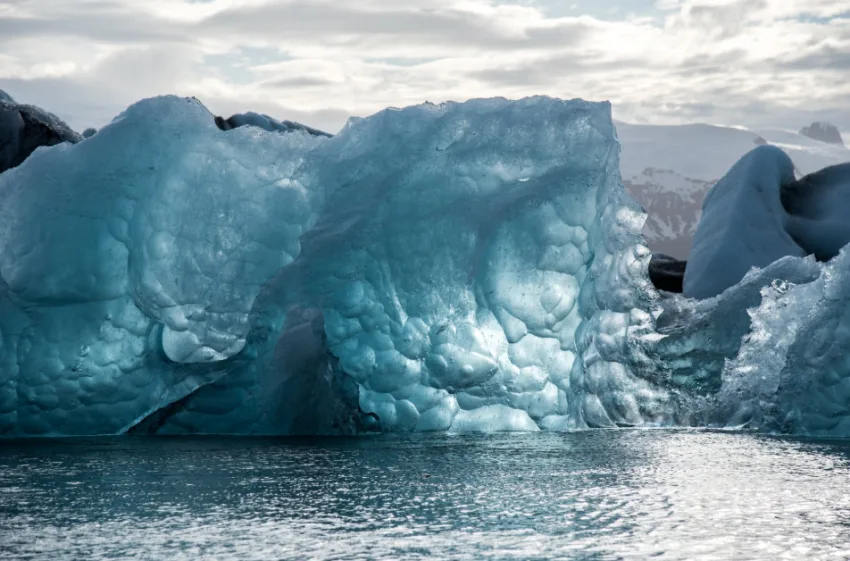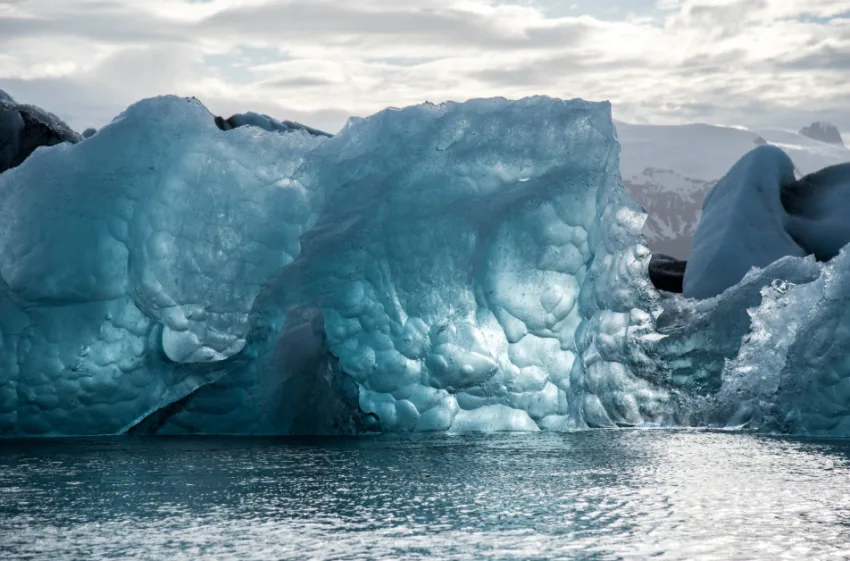
Dozens of previously unknown viruses discovered in 15,000-year-old glaciers
The study warns that rapid glacier around the world has the potential to release ancient viruses and bacteria that have been trapped for tens to hundreds of thousands of years.
Over 30 viruses have been detected in a remote ice cap that is located in Central Asia and dozens of these viruses are unknown to modern science. The remarkable findings come from a study conducted by several international researchers who travelled the Guliya ice cap to explore ancient viruses. The study was published recently in the pre-print server bioRxiv.
Glacial ice can store microscopic particles for thousands of years and scientists are continuously making discoveries by analyzing the frozen contents to expand our understanding of Earth’s history. In 2015 the researchers drilled 50 metres into ice that is over 15,000 years old and sampled two ice cores to better understand what microbes were in the atmosphere at the time they became trapped in the glacier, which reflects the climatic and environmental conditions during that period.
See also: Thawing river of human waste is sliding down Alaska mountain
The two ice cores were drilled at different elevations — one at 6,200 metres and the other at 6,650 metres — and the researchers found that the environmental conditions at these two sites were very different in terms of air temperature, the oxygen concentration in the atmosphere and UV radiation. The ice cores contained 33 different viruses and the study says that only four could be assigned a formal classification, meaning that the others were completely new to science.
Analysis of the microbes indicates that three viral populations were abundant, which suggests that these viruses may be active in the ice. Many of the bacteria that were found in the samples are psychrophilic, which means that they grow and reproduce in low temperatures that range from −20°C to 10°C and are found in several regions on Earth that are permanently cold, such as the deep sea, glaciers and ice sheets. These active bacteria indicate that glacier ice could just be a temporary storage unit and that the bacteria could one day be revived and present in ecosystems if glaciers melt in the future.

Credit: Kristoffer Brink Jonsson/Pexels
Other tests in the study found that 18 of the 33 viruses were linked to a host at some point time, meaning that they were infectious either before and/or after the ice formed and likely influenced the populations of other microbes.
Very little is known about how microbes trapped in ice for thousands of years survive and reproduce. There are only two other reports of viruses found in glaciers — one came from an ice core sample of a 140,000-year-old Greenland ice core and another came from an ice core that was sampled at a depth ranging between 2,749 metres and 3,556 metres at the Vostok Station in East Antarctica.
The study warns that because glaciers around the world are rapidly shrinking, this could release microbes and viruses that have been trapped for tens to hundreds of thousands of years.
"At a minimum, [ice melt] could lead to the loss of microbial and viral archives that could be diagnostic and informative of past Earth climate regimes," the researchers wrote. The thought of ancient viruses being released from melting glaciers is terrifying, but the researchers say that this is a worst-case scenario.
The study’s conclusion emphasizes that it is crucial to understand how microbes could impact the ice that they are trapped in, their historic influence on other viruses and bacteria, and how they behave outside of frozen environments in case they are released by glacial melt.












